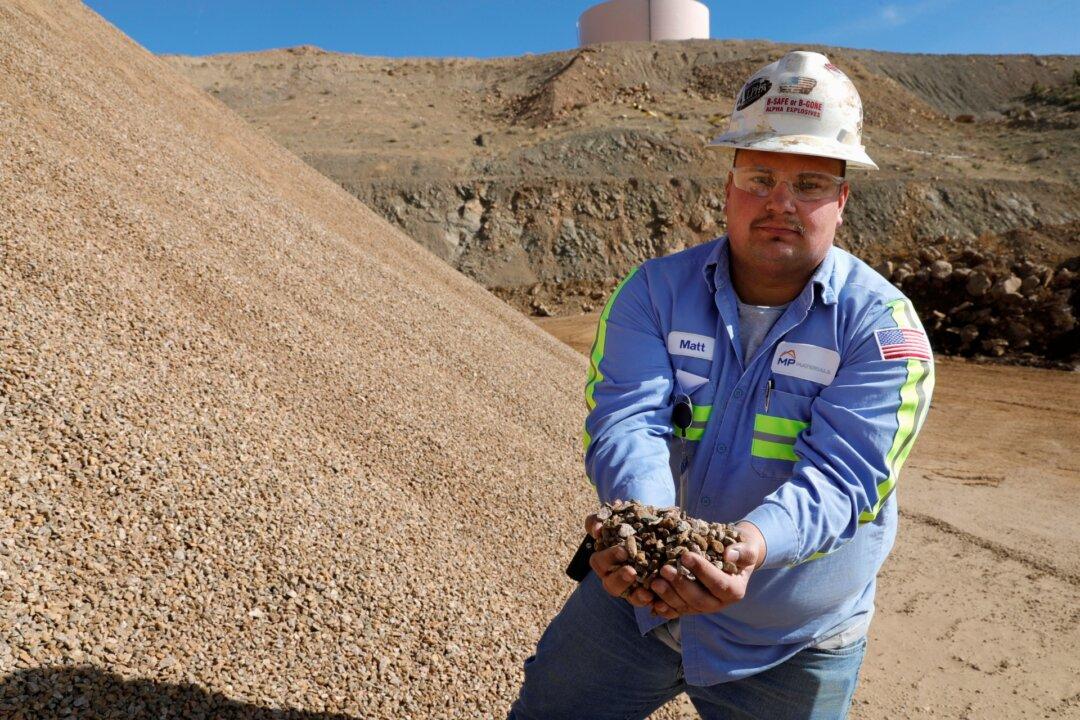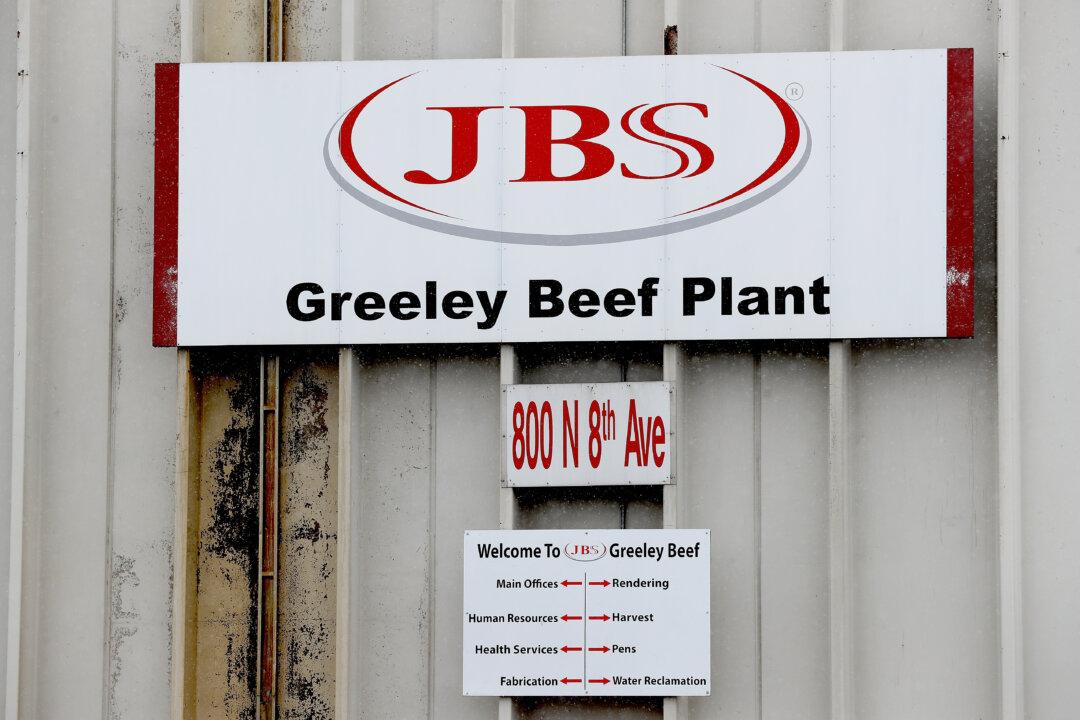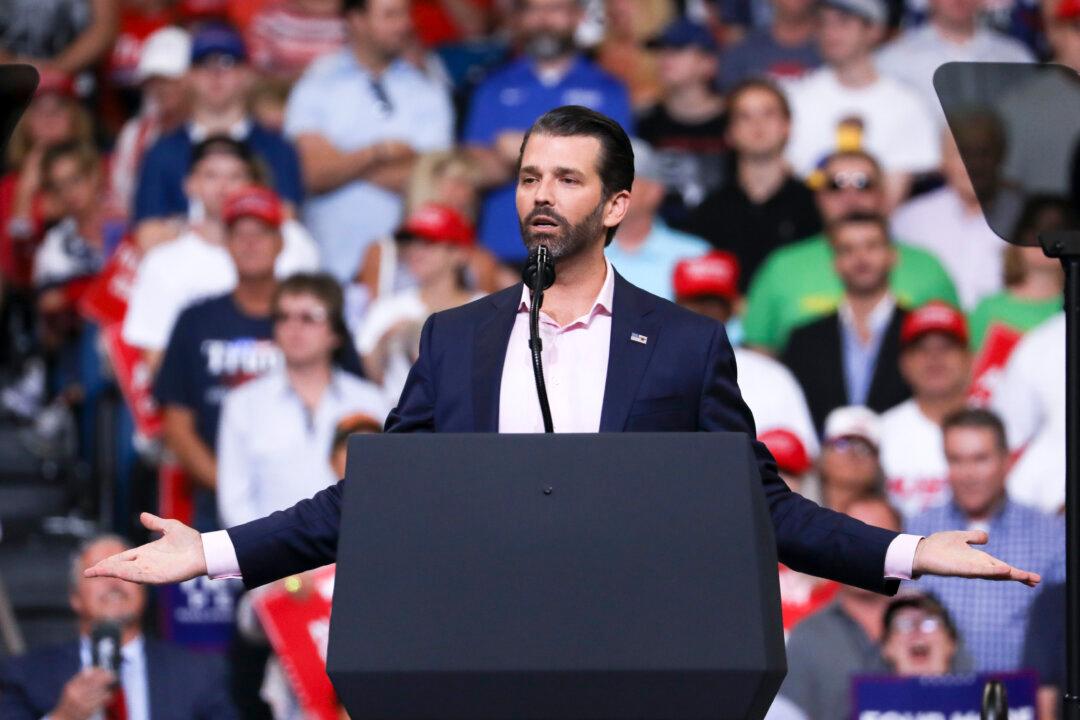Owners of the Wheat Ridge facility for processing rare earth elements and critical minerals have received an operating permit that will enable minerals critical to advanced technology manufacturing to be mined and processed in the United States.
USA Rare Earth, LLC, and Texas Mineral Resources Corp. announced on June 18 that their Wheat Ridge, Colorado, facility has received its operating permit, with its pilot plant now in the commissioning process.





